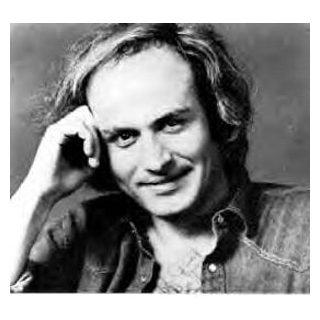ABOUT GUILLAUME AZOULAY

Casablanca Morocco 1949
The brilliance of Azoulay’s art centers on his ability to convey the purity of line to create strong illusions of fluid motion and life.
Guillaume Azoulay, a self-taught artist, was born in Casablanca, Morocco in 1949. His parents settled in Paris when Azoulay was ten and by the age of thirteen, he was sketching and selling his drawings on the streets and planning his career as an artist. As Azoulay met people from various parts of the world, his interest in traveling grew and when he was fourteen he left home and hitchhiked across Europe and the Middle East. His desire to see and be part of the life, history and beauty of the world took him from Copenhagen to Rome, from Lisbon to Jerusalem. Azoulay made the world his university, people were his main subject with their joys and pains and ways of life. Guillaume became fluent in five languages.
Eventually, Azoulay settled in Israel in 1967 where he applied to Betzalel, the Middle East’s most famous art academy. They rejected his application but this did not deter Azoulay from continuing his studies. Azoulay studied drama and graduated as an actor. Azoulay appeared in the Israeli production of the rock musical “Hair” as well as other shows on the Israeli stage. Unable to share his time fully between the theater and painting, Azoulay chose the expression of visual art. After moving several times Azoulay settled in California in March of 1976 where he now lives with his family. Azoulay’s wife is Charmaine Seal, a noted ballerina, yet another one of Azoulay’s favorite subjects in his artwork. They have two sons Lawrence and Arnoud, and daughter Ondine who is the subject of an etching that is part of the collection of the Bibliotheque National Du Louvre in Paris.
The brilliance of Azoulay’s art centers on his ability to convey the purity of line to create strong illusions of fluid motion and life. Line is the key element of design in Azoulay’s artwork. It is through his organic line that Azoulay creates balance, harmony, contrast, and the illusion of depth and movement in each one of his compositions.